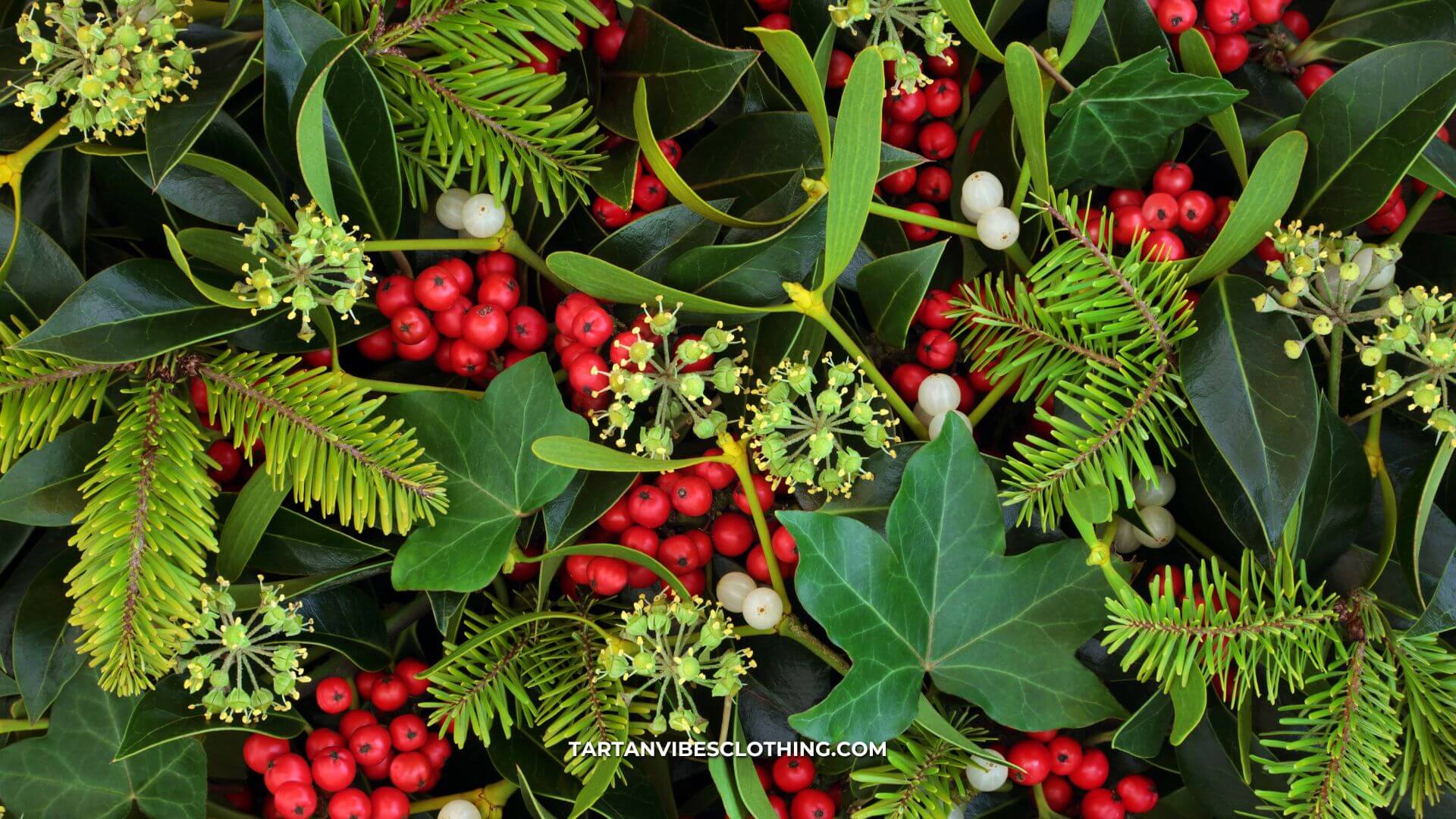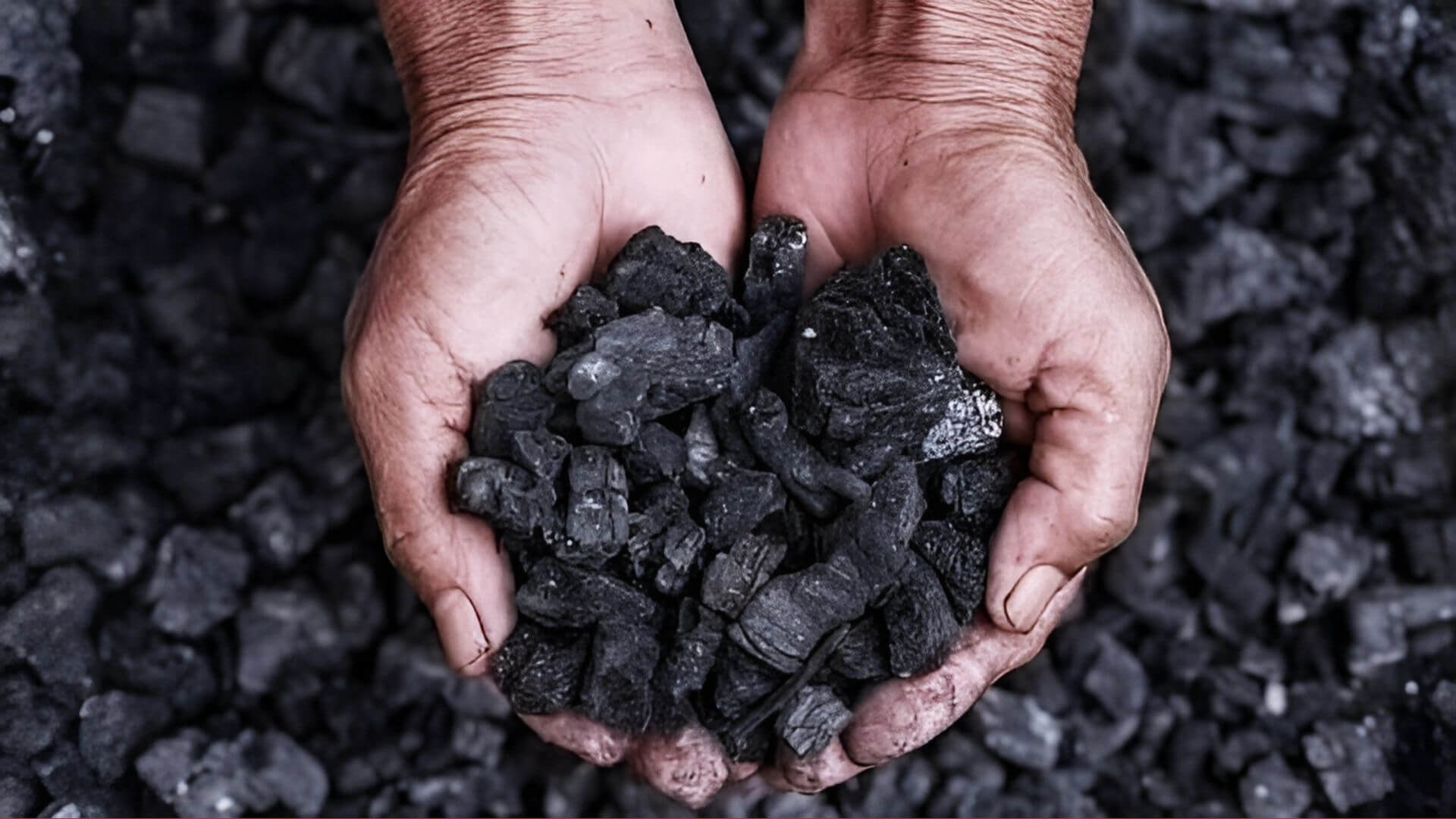Table of Content
Ever wondered how the Irish ring in the New Year? The Irish New Year is a time of celebration and reflection on tradition steeped in rich cultural heritage. Known as "Oíche Chinn Bliana" in Irish Gaelic, New Year's Eve and the days surrounding it are celebrated with a blend of ancient customs and modern festivities. These practices not only connect the Irish to their ancestors but also create meaningful ways to ring in the New Year. Let us explore the most fascinating Irish New Year traditions in 2025 and discover the unique ways Ireland welcomes the year ahead.
I. The Significance of New Year's in Irish Culture
New Year's Day, known as Lá Caille in Irish, is more than just the first day of the year; it symbolizes new beginnings, fresh starts, and the promise of hope. Traditionally, this day is steeped in customs meant to bring good fortune and positivity for the coming year.

The celebration of New Year in Ireland has ancient roots, dating back to Celtic traditions. The Celts celebrated the New Year with the festival of Samhain, marking the end of the harvest season and the beginning of winter. Although the calendar has changed over the years, the spirit of renewal remains.
II. Unique Irish New Year Traditions for 2025
1. First-Footing: An Irish New Year's Tradition Rooted in Luck
In Irish folklore , the first person to enter a home after midnight on New Year's Eve is considered a sign of good fortune. Historically, families hoped that this individual would be a tall man with dark hair who brought desirable New Year's gifts such as whiskey for warmth, food for nourishment, and a silver coin for wealth. This type of visitor was seen as someone who could positively influence the family's luck for the year ahead. Anyone arriving without a gift would not be allowed in until the "first footer" had already entered with all the expected offerings. Conversely, the arrival of a woman with red hair was viewed as a negative sign, regardless of whether she brought gifts. As a result, red-haired individuals often avoided participating in New Year's festivities in the past.

The concept of luck is deeply embedded in Irish New Year traditions, which emphasize its significance in folklore, cultural practices, and daily life. Any unfortunate events on New Year's Eve were considered particularly significant, especially as midnight neared. The Irish held the belief that luck was a limited resource, which led them to take various measures to secure their portion. Families took the tradition of first footing very seriously, even going to great lengths to ward off bad luck. A dark-haired family member would be sent outside right at midnight, only to immediately re-enter through the front door, symbolically inviting good fortune into the home. Local boys with dark hair would visit homes in the neighborhood, receiving warm welcomes along with treats like sweets or chocolates. Occasionally, they would also be given money, typically in the form of a coin. This practice of first footing is more than just an interesting historical custom; it remains a vibrant part of the Irish New Year traditions observed in various regions of Ireland, including Donegal and Derry.
2. Irish New Year Traditions: Ringing of the bells

The custom of ringing bells on New Year's Eve is a cheerful event that marks the beginning of the new year. This practice is widespread among cathedrals, churches, and households, so a wonderful mix of sounds fills the nation when the clock hits midnight. Notably, the annual New Year Festival 2024 at Christ Church Cathedral in Dublin showcases these Irish New Year traditions with an outdoor countdown concert, a dazzling light display, and a grand procession, all featuring the cathedral's sixteen ringing bells proudly announcing the new year.

In essence, the bell ringing allows the Irish people to say goodbye to the past year and welcome the new one with positivity and hope. This tradition is frequently part of more significant celebrations attracting locals and tourists. These events, featuring fireworks and music, turn into vibrant parties, fostering a joyful atmosphere for all to experience.
3. Wearing Something New

On New Year's Day, it is a common tradition among the Irish to don a new piece of clothing as a means of attracting good fortune. This can range from something as simple as a fresh pair of socks to an entirely new ensemble. The underlying belief is that wearing new garments symbolizes the arrival of new luck and positive energy for the year ahead.
4. Irish New Year Traditions: New Year's Day Swim
In Ireland, the customary New Year's Day Swim is an enthusiastic and often cold tradition that occurs along the country's coastlines and waterways. On January 1st, adventurous participants come together at famous spots—like the Forty Foot in Sandycove, Dublin, or the picturesque beaches of Galway—and dive into the brisk waters.

This lively group activity, filled with laughter, cheers, and the occasional surprised reaction, embodies the essence of Irish New Year traditions by symbolizing a collective embrace of new beginnings. Those who brave the cold not only enjoy a refreshing swim but also foster a sense of camaraderie, creating lasting bonds among fellow swimmers as they embark on the year ahead, all while honoring this cherished aspect of their cultural heritage through Irish New Year traditions in 2025.
5. In through the front door, out through the back!

At midnight on December 31st, one of the charming Irish New Year traditions encourages individuals in Ireland who seek good fortune to enter their homes through the front door and exit through the back. This enjoyable custom allows families to send off the old year through the back while inviting in the new one through the front. This belief reflects people's desire for a joyful and prosperous start to the New Year filled with good luck. It also signifies that families can leave any negative experiences from the past year behind, preventing those sad memories from affecting them in the upcoming year.
6. Irish New Year Traditions: Cleaning the House

7. Banging bread for bad luck
Another fascinating aspect of Irish New Year traditions is the custom practiced on New Year's Eve, where families hit bread against the walls and doors of their homes. If bread is not available, pots, pans, or wooden spoons can be used instead! Striking these items against the walls or doors is a customary practice to drive away evil spirits while safeguarding the home and community from misfortune.

This practice also welcomes good spirits, ensuring the home remains protected for the upcoming year. It serves as a therapeutic activity that can involve the entire family. Additionally, it fosters togetherness just in time for the new year. Consider using this fantastic bread recipe sheet for a detailed guide on making tasty bread. Preparing this recipe together as a family is a delightful way to unite everyone and honor these cherished Irish New Year traditions!
8. Opening the Door at Midnight

As the clock strikes midnight, a significant ritual within Irish New Year traditions in 2025 unfolds in numerous households: families open their doors wide. This simple yet profound gesture symbolizes the departure of the old year and the arrival of the new one. While it may seem like an uncomplicated act, it carries deep meaning as it signifies a fresh start and the potential for renewal that accompanies the new year. Embracing this tradition reflects the essence of Irish New Year traditions, highlighting the importance of welcoming new opportunities and leaving the past behind.
❤ Discover 145 Heartwarming Irish New Year Blessings to Celebrate 2025!
9. A wind blast of luck for the country
This Irish custom for New Year's Eve depends entirely on the climate and wind direction. December and January typically bring cold temperatures, rain, snow, and strong winds.
The wind sweeping in from the west brings luck to Ireland! Winds coming from the west are seen as a sign of prosperity and a prosperous year ahead. Conversely, when the wind blows in from the east, individuals often brace themselves for misfortune, reflecting the deep-rooted beliefs that shape Irish New Year traditions in 2025 and their connection to nature.
10. Irish New Year Traditions: Oíche na Cada Moire!
In ancient times, the final night of the year in Ireland was known as Oíche na Cada Moire, meaning the "night of the significant portion." This night is a key part of Irish New Year traditions, where families gather to indulge in a delightful dinner and share food together to celebrate the last evening of the year.

The night of the significant portion is an Irish custom where people consume a large meal to ensure they have abundant food for the coming year. If families welcome the New Year with plenty of delicious food, it will set a positive tone for the entire year, ensuring they remain nourished and healthy. This traditional practice originates from Ireland, where successful harvests were crucial for survival. During this time, spells and rituals were performed to safeguard the household from harm, underscoring the deep cultural significance of these Irish New Year traditions in 2025.
11. Using mistletoe, holly, and ivy to find a loved one.

12. Welcome the ancestors into the home.
In Ireland, it is a New Year's Eve custom to leave the door latch open to invite deceased ancestors into the home. The belief in spirits remains strong in Ireland today, emphasizing the importance of honoring those who have died. Many Irish families choose to open all windows, doors, and other entrances to allow their departed relatives to enter the house. The visiting spirits are invited to join the year-end festivities and share the meals.
13. Placing coal in the house.

14. Irish New Year Traditions: Bad Luck Birds

Many cultures around the globe enjoy turkey or chicken during celebrations, but Irish customs advise against consuming poultry on New Year's. Given the day's strong associations with superstition and the desire for a better future, traditional New Year's meals in Ireland have always avoided including birds that forage in the ground. According to traditional beliefs, eating a bird that struggles to find its food could lead to experiencing similar hardships throughout the year.
15. Irish New Year Traditions: The ‘Lucky Dip’
One of the charming Irish New Year traditions involves gathering a selection of small gifts or goodies into a basket or container. Each family member has the opportunity to randomly select one item from this assortment, creating an element of surprise and excitement. This unpredictable aspect of the process is believed to bring happiness and a sense of good fortune to the home, reflecting the joyful spirit of Irish New Year traditions. Engaging in this practice fosters a sense of togetherness and joy, making it a beloved part of celebrating the New Year in Ireland.
16. Corned Beef and Cabbage Dinner: Irish New Year's Food Tradition

Corned beef, made from brined beef brisket, became a staple in Irish American households in the late 19th and early 20th centuries. Its affordability made it a popular alternative to the traditional Irish bacon dish, especially for new immigrants in the U.S. Served with potatoes and carrots, it remains a hearty meal for celebrations, including New Year's. The traditional New Year's meal in Ireland consists of bacon and cabbage, highlighting the nation's farming heritage. Pork, seen as a symbol of prosperity, was more common than beef in Ireland. The shift to corned beef among Irish Americans marks a blend of tradition and adaptation still celebrated today.
17. Irish New Year Traditions: A Table Set for Spirits

On New Year's Eve in Ireland, it is common to find a dinner table set for a meal in an empty place, a significant practice rooted in Irish New Year traditions in 2025. This custom honors the memory of deceased loved ones by inviting them to join the New Year's dinner, ensuring that they are not forgotten as the new year begins. Some Irish New Year traditions even recommend keeping the door latch open to facilitate their entry into the home, creating a welcoming atmosphere for those who have passed. This heartfelt practice reflects the deep cultural connections within Irish New Year traditions in 2025, emphasizing remembrance, family, and the continuity of love across generations.
💌 Ready to learn how to say Happy New Year in Irish and embrace the culture? Explore now to prepare for a memorable New Year 2025 in Ireland!
Ring in a Fortunate 2025 with Irish New Year Traditions!
Ireland's New Year traditions are a captivating mix of history, superstition, and festivity. Whether you're Irish or enchanted by their culture, these customs offer a meaningful way to start the year. Why not embrace a touch of Irish magic this New Year?
Frequently Asked Questions
Are there any specific foods associated with Irish New Year traditions?
Yes! Traditional foods like coddle, black-eyed peas, and various breads are eaten for good luck and prosperity in the new year.
How is Samhain related to New Year's celebrations?
Samhain is an ancient Celtic festival marking the end of the harvest and the beginning of winter. It was historically considered the new year for the Celts. Its spirit continues to influence modern New Year celebrations in Ireland.
What are some Irish superstitions for the New Year?
Opening the door at midnight, first footing, and banging bread for good luck are popular superstitions.
What is the first footing tradition in Ireland?
Typically, the first person to enter should be a tall, dark-haired man who has yet to be inside the house when the clock hits midnight. This individual is expected to arrive in numerous regions with traditional offerings like coal, money, whiskey, or black buns. The first foot and other visitors will be served food and beverages.






